- Creating value with a CX Transformation Journey using the CXPA framework
- Our Starting Point: take decisions driven by the Voice of the Customer
- Metrics, measurement and ROI: Measure the Voice of the Customer to trigger actions to improve Customer Experience
- Customer understanding: streamline insights thanks to NPS and Voice of the customers
- Experience design, improvement, innovation: from UX design to CX journeys driven by Customer Understanding
- Organizational adoption and accountability: our Tipping Point. From NPS to CX Program Maturity
- Culture: How CX day initiative played a special role in developing customer-centric culture
- And CX strategy?
Guest Post by Elena Brambilla (Legal Software Strategy Director, Wolters Kluwer) who since 2013 has driven WK journey to become customer-driven using NPS as a driver for change and the CX 6 disciplines framework as a catalyst for actions and alignment within a large and complex international organization, which was also undertaking a significant digital transformation. CX Day initiatives and the Best CX Day Initiative Award during the yearly CX-CEM Leaders’ Summit have become Elena & team’s magic wand to diffuse CX culture across all countries and departments. In this guest post, Elena shares her experience and gives good tips for those facing similar challenges in driving CX transformation and cultural change towards customer centricity.
Creating value with a CX Transformation Journey using the CXPA framework
A key question I have been asking myself for years: what is the right starting point for turning a company into a customer-driven business? What is the best Customer Experience discipline to start with?
Of course, it seems the most logical to start with CX strategy and vision, as per the 6 CX disciplines framework by CXPA.
Still, my experience in Wolters Kluwer as well as other companies’ examples, show that a deeply grounded CX focus can come from different starting points and also from multiple paths converging only later on. Whatever the start – tactical or strategic – what makes the difference to me is moving along a maturity path in a structured framework with a clear goal in mind: become a customer driven company.
Our Starting Point: take decisions driven by the Voice of the Customer
Back in 2008, I have been involved in the first corporate program devoted to build understanding of customers’ needs and behaviors. At Wolters Kluwer we design, develop and sell expert solutions combining knowledge and technology to demanding professionals’ audience, in a highly competitive market.
A great Customer Experience with our expert solutions makes the difference to win and retain customers. We invested over the years in understanding how to improve their experience with the product: from market researches, to contextual design, to frequent interactions with customers through product managers, sales accounts, support agents.
But making decisions was difficult, and often the winner was simply the loudest voice. The CEO and CFO of our division (Legal & Regulatory) decided to find a better way, based on data: measure the Voice of the Customer. With the strong sponsorship of our CFO, Matthijs Lusse, one day in 2013 … off we went and started our journey!
From that day, I had the privilege to lead a group of passionate pioneers working across all disciplines – Customer understanding, Experience Design, Metrics, Organization adoption, Culture – to ultimately build our CX Strategy. The help of Rosaria Cirillo, our external NPS & CX Advisor from Wow Now, allowed us to gain speed and build consistency across all Legal & Regulatory businesses, with the support of all stakeholders and employees. The CXPA framework is now fully embedded in our organization, with a divisional group lead since 2018 by Cathy Hodosi, with positive impact on our customers’ loyalty and year on year improvement of the retention rate.
Let’s look at our path to deploy each of the disciplines.
Metrics, measurement and ROI: Measure the Voice of the Customer to trigger actions to improve Customer Experience
This is where we started our journey to structure CX, with a sharp focus: listen to the Voice of the Customer and measure it by adopting NPS. With a clear goal in mind: use NPS not (only) as a measure, but as a driver for change.
We used the NPS score to raise awareness, commitment and sense of urgency in the organization. The NPS drivers and comments were key to better understand customer needs and to take customer-drives decisions, for example to prioritize roadmap for product development or changes in Customer Support processes.
Multiple actions have been taken based on what we consider now a best practice: measure, understand and take actions that drive results.
- Measure the full experience: it starts with the promise made in the buying process, and it goes through our services in deploying and training on our solutions, the daily usage of the product and the support given to help solving issues
- Connect all the measurements: NPS with usage, tickets to support, portfolio value…
- Connect with customers and close the loop with them (ask – listen – communicate back)
- Report on and Communicate through the organization the results of our analysis, the actions taken and the results
Wolters Kluwer Program ‘NPS as a driver for change’: using NPS surveys to steer priorities and take actions
Customer understanding: streamline insights thanks to NPS and Voice of the customers
We were used to investigate needs, pain points and workflows of our customers especially for innovation purposes.
Now focus groups, contextual interviews and studies are combined with the Voice of the Customers: the data and comments from NPS, usage, tickets and calls to help desk allow us to better understand the priorities for customers.
- Working with Wow Now, we used drivers and comments from NPS to define the customer pyramid of needs: as in the Maslow’s pyramid, if basic needs are not satisfied whatever improvement in the non-core needs is not moving up the level of customer experience.
For example, in workflow software solutions we understood that speed of the product and speed of Help desk to answer calls and solve issues are ‘must have’ founding the experience. A new feature delivered cannot improve the experience if the software is slow and if help desk is not able to provide me support to understand how the new feature works. - As is important not only to listen but to deeply understand and feel empathy, we wanted to walk in customer shoes: many employees now have in their KPIs to sit in Customer Support and listen to calls, to interview customers and visit them. All employees told us how different and more valuable is to connect with customers in person.
Example of Customer’s ‘Pyramid of needs’ in Wolters Kluwer – based on NPS data and comments
Experience design, improvement, innovation: from UX design to CX journeys driven by Customer Understanding
As I said, it has always been a strength in Wolters Kluwer to design products together with users: since years, we apply contextual design and we sit together with customers to define use cases, design and test solutions to be sure that we deliver against the customer’s expectations. And we measure results through NPS.
Besides working on continuous enhancement of the experience design and on increasing time to market in delivering improvements and innovation, lately we extended this approach:
- From design of the experience with products to the design of the 360° experience with Wolters Kluwer, including all services and processes involving our customers.
- Before design, understand what customer expects by mapping the Customer Journey. Step by step, processes are designed with the smoothest solution and can be marked by memorable moments to shape a WOW experience.
After starting in 2017 few pilots and Train The Trainer sessions with Wow Now consultants (Rosaria Cirillo, Danny Peters and Maria Grazia Giordano), we have now an internal expert Sigrid van Duffel that up to October 2019 has led 6 Customer Journey Mapping (CJM) projects that allowed us to analyze, understand and redesign the experience in processes like onboarding customers on our expert solutions.
Example of CJM in onboarding a Wolters Kluwer expert solution
Organizational adoption and accountability: our Tipping Point. From NPS to CX Program Maturity
Our ‘NPS as a driver for change program’ helped us to achieve quick wins and in this way to extend across the organization and ultimately accelerating bigger transformations.
That was the tipping point to step up and bring a broader vision and strategy: from NPS-driven actions and framework, to a Customer Experience transformation Program.
To ensure organizational adoption and accountability,
- we built with Wow Now a household framework (first focusing on NPS then extending to all CEXP disciplines), a maturity journey (“NPS to CX Program Maturity”) and a maturity assessment mapping to assess progresses starting with NPS as catalyst to improve Customer Experience to expand through all the other disciplines
- year after year, the assessment made clear that we were impacting beyond the original scope of our NPS program. This led the Divisional stakeholders and HR to officially introduce a new role, ‘Customer Engagement Manager’
- thanks to CX Masterclasses, all stakeholders (Customer Engagement, Sales and Marketing at central and at country level) have been aligned on the role of CX in our organization
- as a result, today, all divisional and local stakeholders support the new holistic culture: in each discussion table the CX is always the first question and first data to deliver and to look at.
My lesson learned is that having a framework and checking progresses against it with a yearly maturity assessment is one of the most effective practices to grow an organization centered on CX, that helps:
- to focus on end goals and to ensure that every year we are on track with expected direction, progress and results in each of the competencies;
- to engage all the stakeholders, that are part of the assessment
- And ultimately to stay high in the C-suite agenda
Wolters Kluwer framework, maturity assessment and journey to maturity (inspired by the CXPA 6-competencies)
Culture: How CX day initiative played a special role in developing customer-centric culture
Over the years, the Wolters Kluwer CX professionals demonstrated lot of creative ways to transform the culture deeply rooting CX in mindset and day by day operations:
- the ‘customer’s cap’, to have always someone playing the role of customer in each meeting;
- WOW impact of each project selected for the business impact, so to focus on the ones most relevant to improve the CX as the best gains;
- Build a culture of proximity to customers with KPIs for employees about regularly visiting customers, listening to calls to support, adopt contextual design solutions with customer first
This is anyway to me one of the most challenging things to accomplish in a CX program, and to find the right key is not easy. One of key practices to drive Customer Centric Culture is socialization. Socialization establishes new habits by developing communication strategies and tactics to share the importance of CX with employees, customers and the company. You can embed new standards for employee behavior through a combination of Storytelling, Rituals and Rewards.
CX day initiatives helped us in seeding Customer Centric Culture throughout the organization. We used storytelling to engage internally (employees) and externally (customers), and created a ritual which in 2019 will be at the 5th edition and includes to reward of participating countries with a yearly ceremony and a book gift (on CX topics, of course!) for the winner.
It actually started as an impromptu idea – simply prizing the best CX day initiative during a dinner in 2015 – and over the years we transformed it into a full upfront communication and challenge for the countries voted by peers with scoring cards. Our CX colleagues started turning CX Day into a CX Week with plenty of initiatives such as ‘user day’ events, campaigns with vouchers or extra discounts, ‘meet us’ at office, employees attending calls at the call center learning from support agents. And in 2019 for the first time it becomes a global initiative in our LR division, connected to our brand values and purpose.
And CX strategy?
Each step done in the above competencies contributed to shape a well-grounded CX strategy in Wolters Kluwer’s Legal & Regulatory division, now also aligned and intertwined with our brand promise, purpose and storytelling.
I would say anyway that our CX vision was clear since the very beginning: turn the organization into customer-centric, by way of interacting as much as possible with our customers to better understand them and to deliver them great experience with us. And to develop as many competencies as needed to achieve these goals.
The CX framework helped us steering the direction also if we didn’t follow a specific order in moving across. But every win contributed to keep alive our program and to increase internal support, every lesson learned contributed to grow in our maturity journey.
So back to my question about what’s the best starting point to become a customer-driven organization: I guess the answer is… there is no perfect starting point. You simply need to find the best possible starting point for your organization and, even more important, simply get started.
What has been your experience with CX transformation journey and using the CXPA framework?
Share it with us in the comments so we can learn from each other experiences and keep growing.

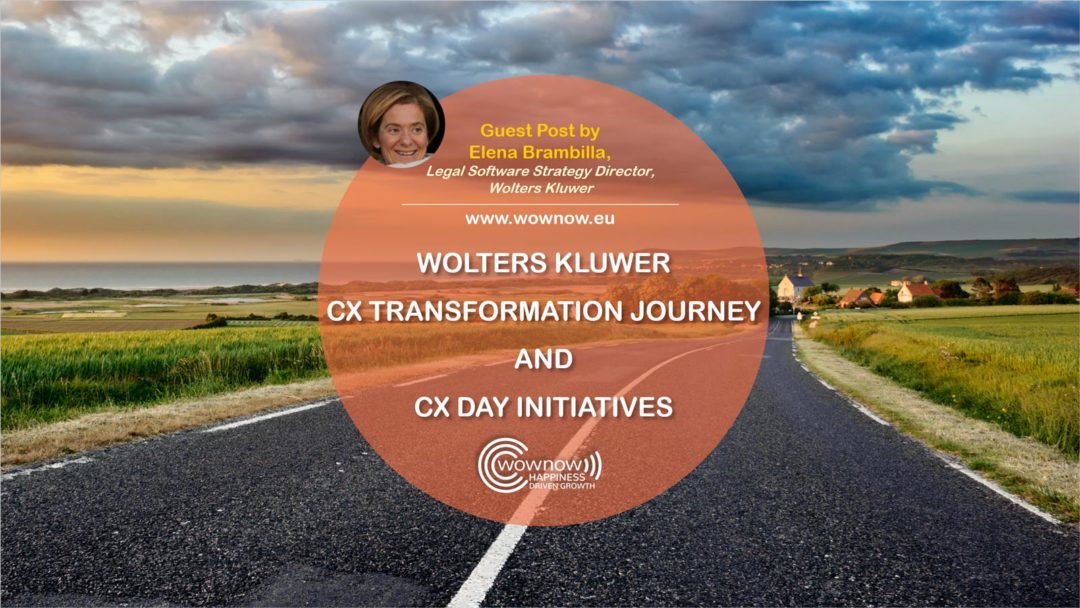
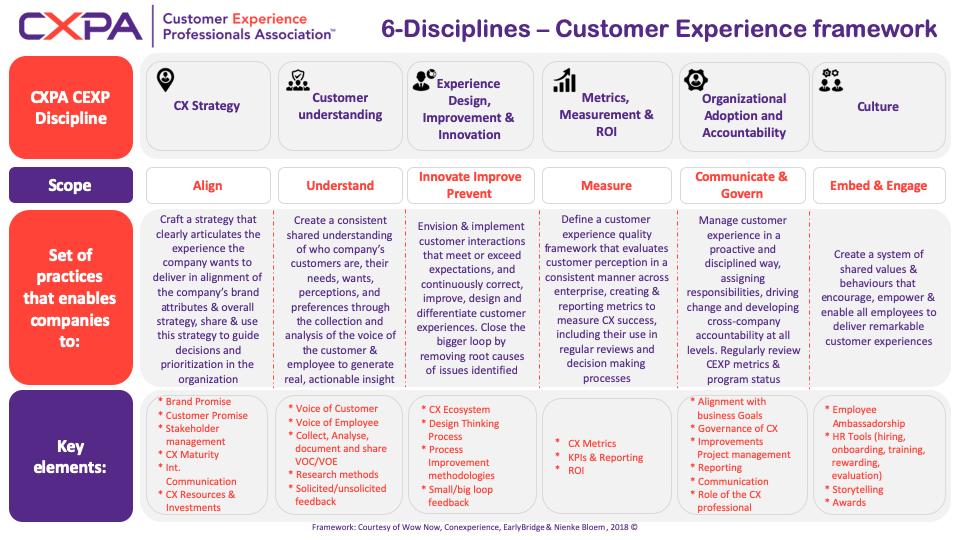
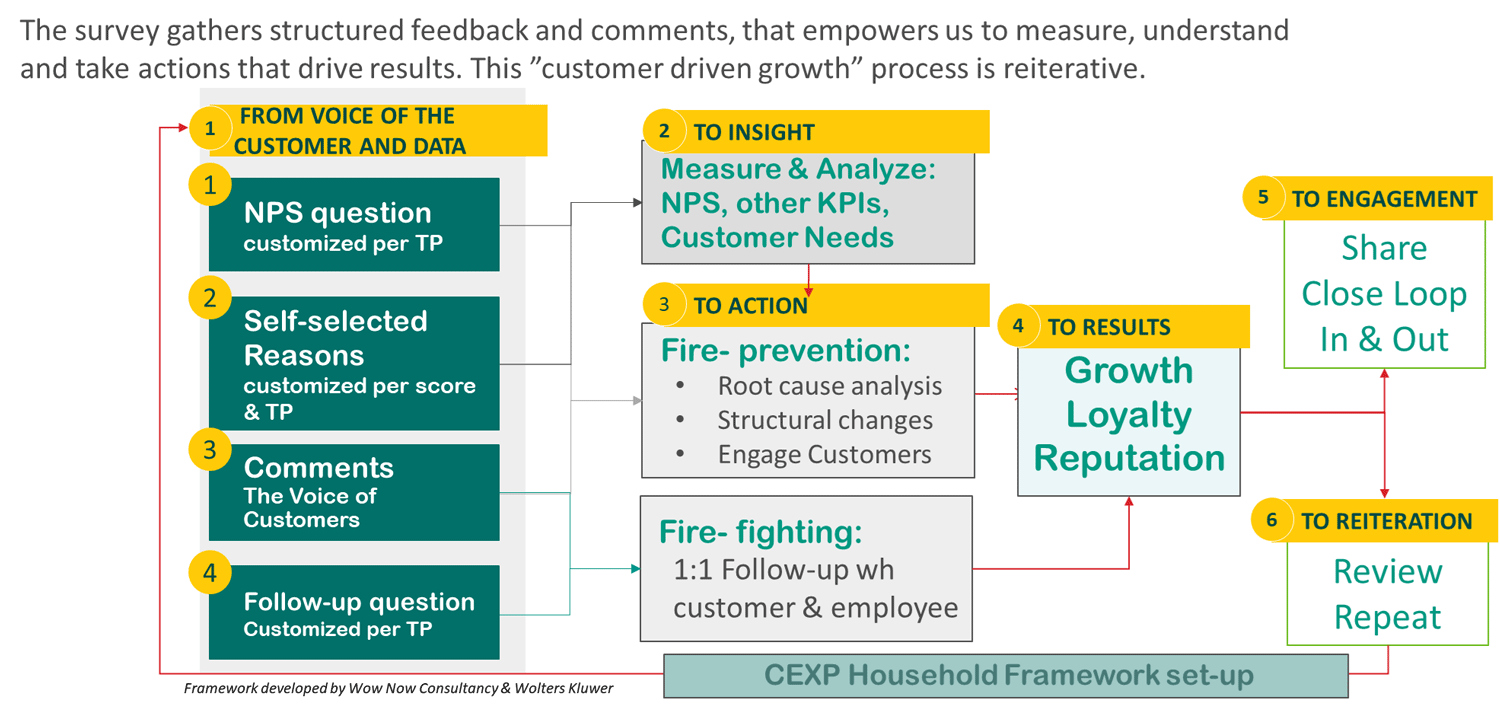
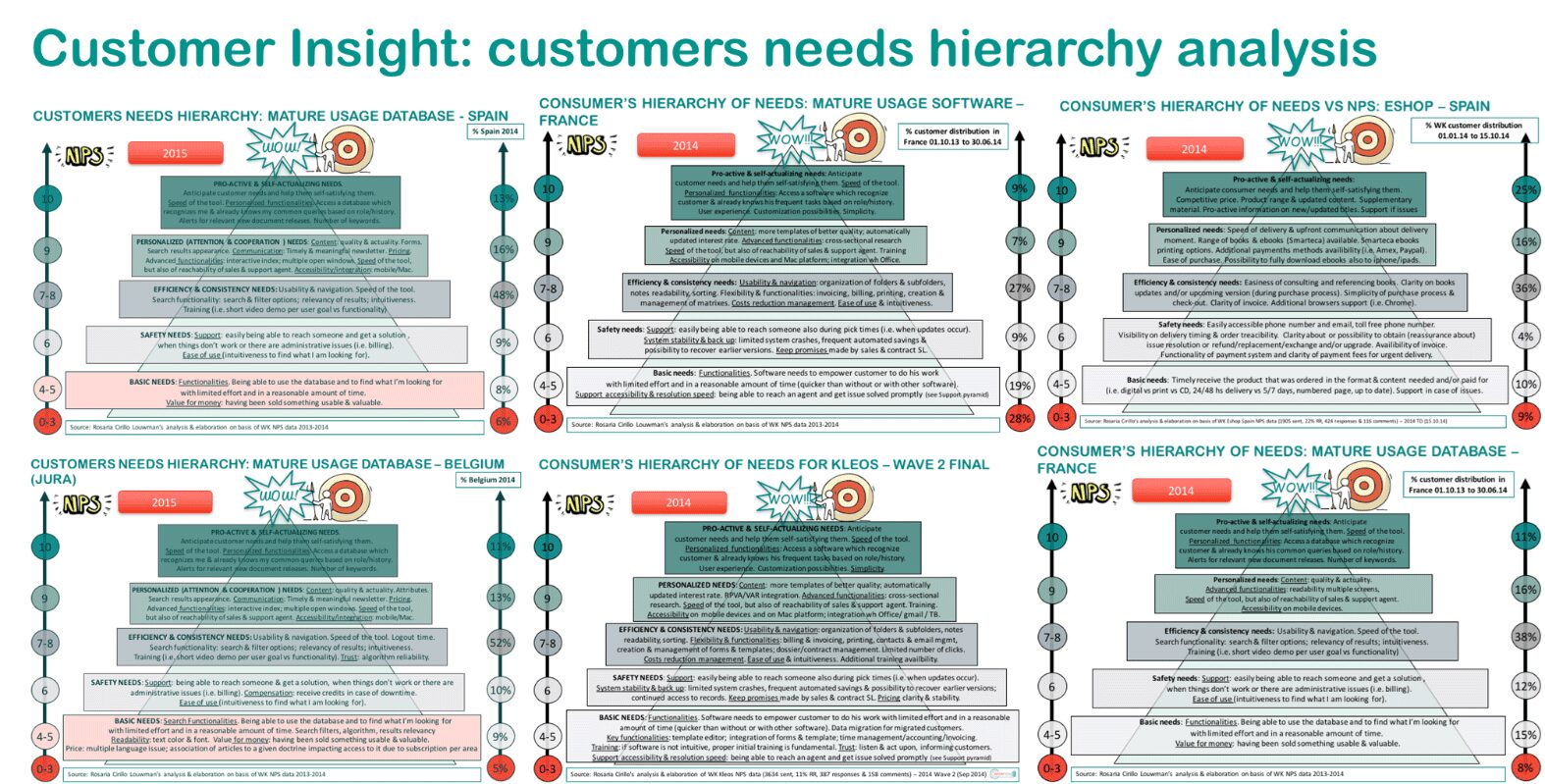
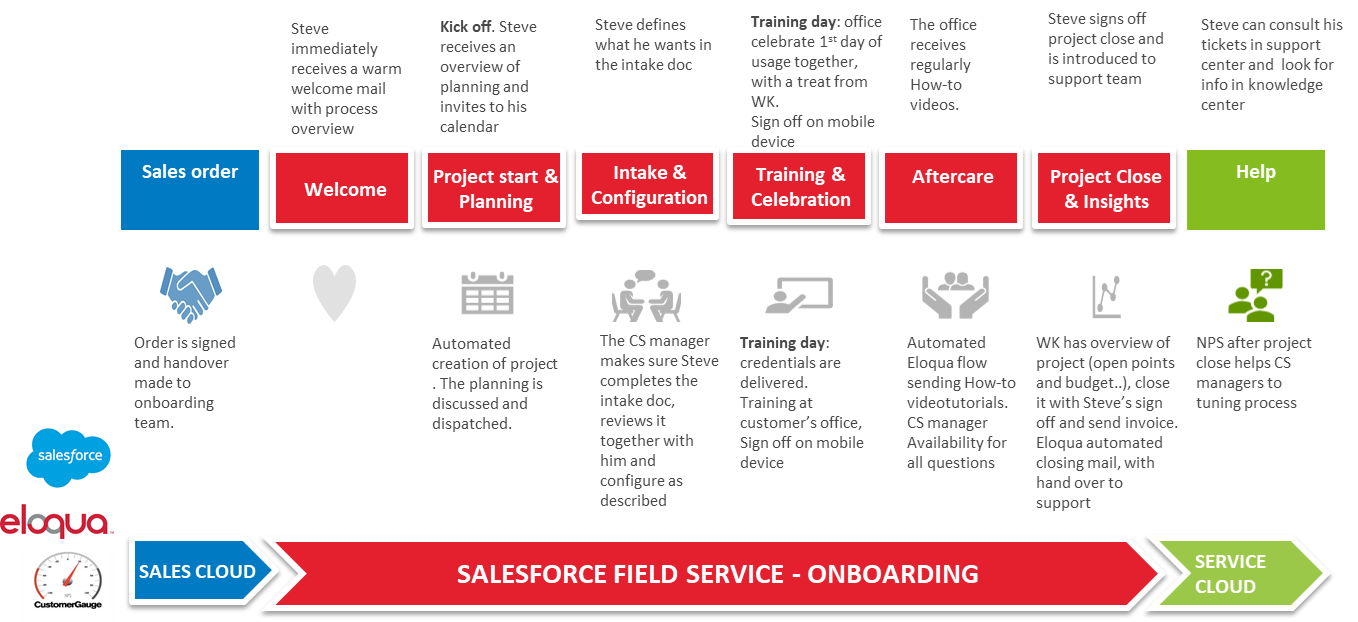
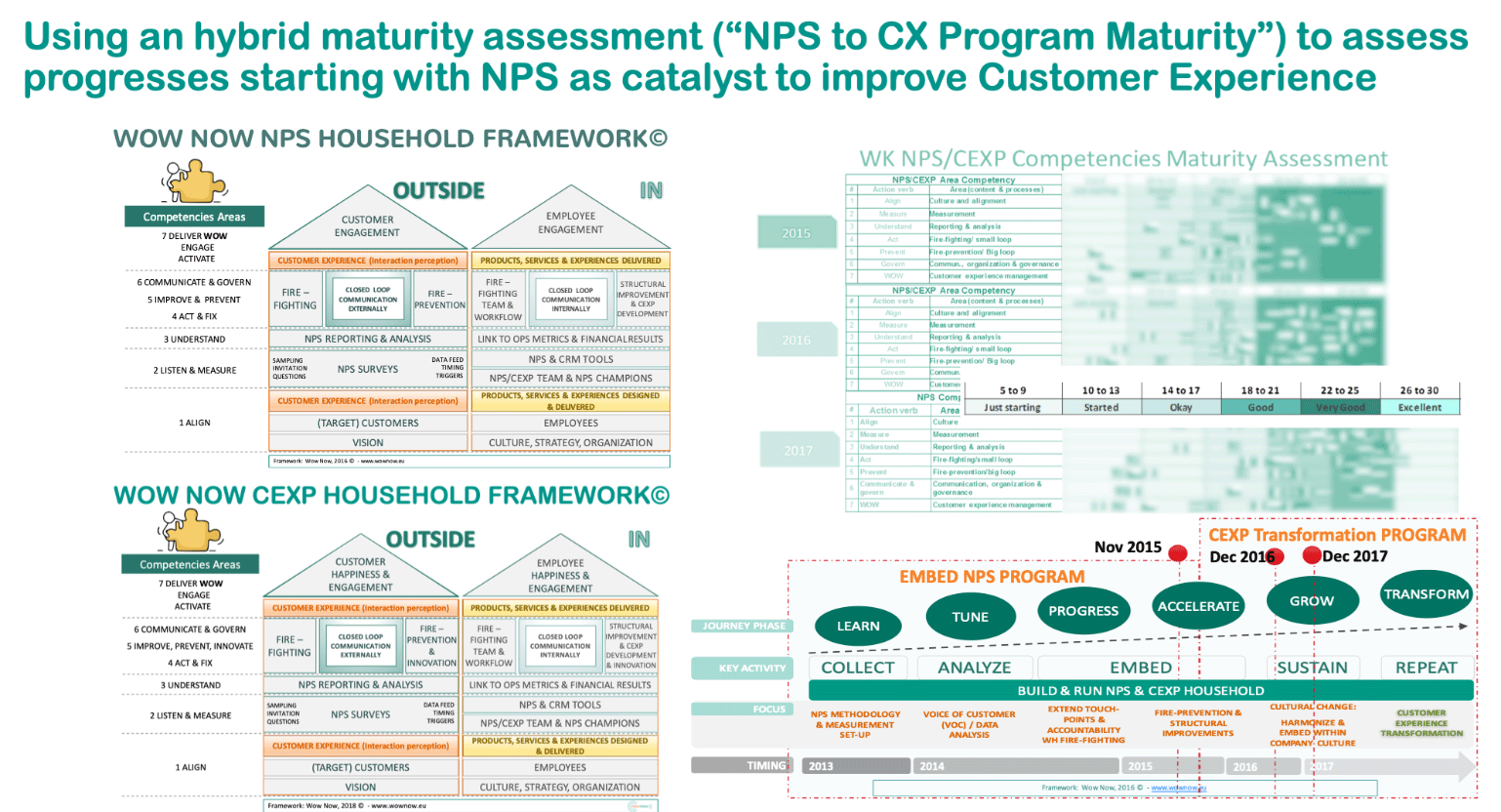
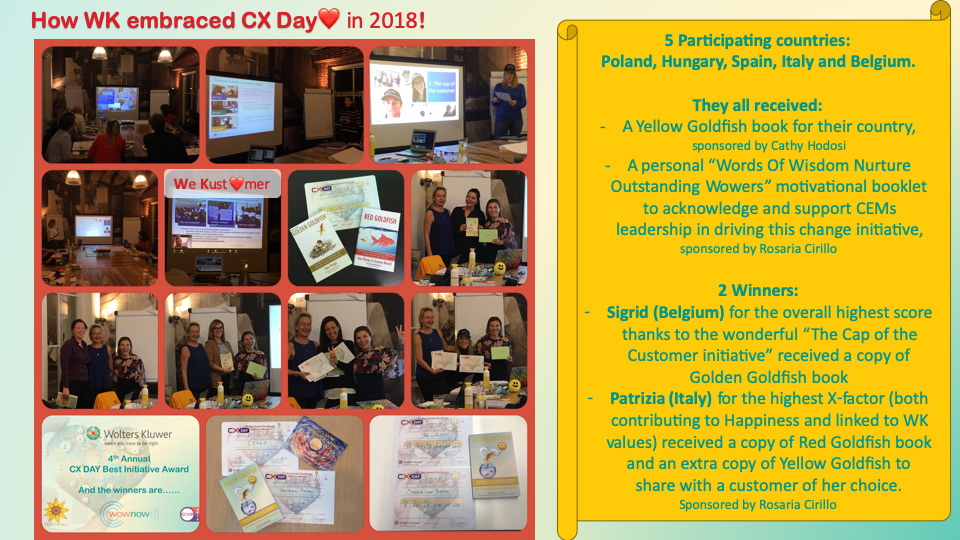

 A (little Italian) sunshine of energy, enthusiasm, and passion, with a mission to bring more happiness in the world one interaction at the time, the business world being my chosen playground!
I inspire and empower conscious leaders to nurture their happiness (moving from depleting to enriching emotions) and to move from depleting to enriching experiences, choosing, designing, and delivering WOW life-enriching interactions that contribute to everyone’s HAPPINESS, so they can achieve business and personal prosperity, making happiness their competitive advantage
A (little Italian) sunshine of energy, enthusiasm, and passion, with a mission to bring more happiness in the world one interaction at the time, the business world being my chosen playground!
I inspire and empower conscious leaders to nurture their happiness (moving from depleting to enriching emotions) and to move from depleting to enriching experiences, choosing, designing, and delivering WOW life-enriching interactions that contribute to everyone’s HAPPINESS, so they can achieve business and personal prosperity, making happiness their competitive advantage 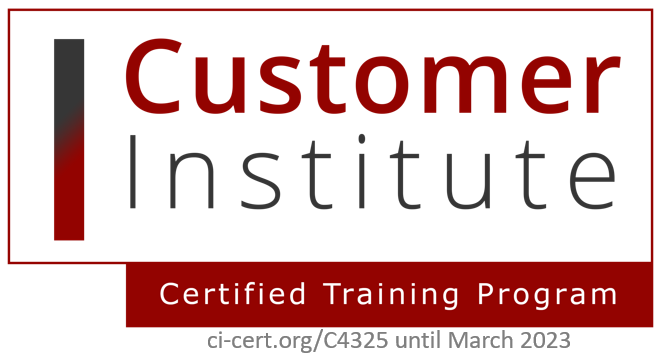

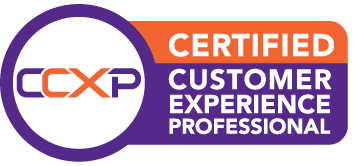
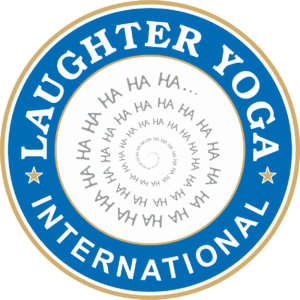




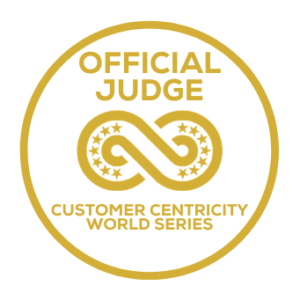
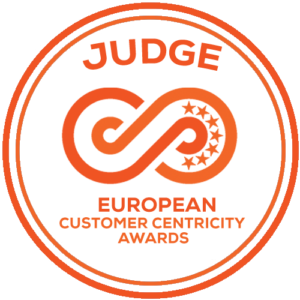
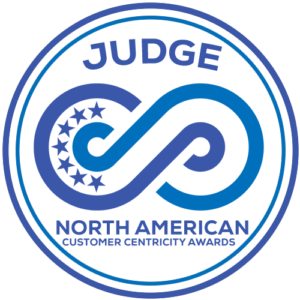
Trackbacks/Pingbacks